Cancer
According to the American Cancer Society, cancer affects one in 3 people in the US and is a major cause of mortality1. Cancer is a condition in which cells in our body grow and divide at a faster rate than normal. These cells can then form a mass, or complex tissue (called a tumor), can spread to other parts of our body and can lead to patient death. Tumor cell proliferation distances cells from the blood vessels which leads to lower levels of blood carrying oxygen in the tumor environment2. This low level of oxygen (hypoxia) activates certain molecules which regulate certain genes that tumor cells use to survive and resist treatment. Hypoxia is one of the ways tumors progress, resist, and metastasize, and is a common factor shared by all cancer types, including hematologic (blood cancers)2. Hyperbaric oxygen can be used to overcome hypoxia, inhibit and reduce cancer growth, and aid in the effectiveness of conventional therapies.
Extivita Therapies for Cancer:
Extivita Therapies for Cancer:

Hyperbaric Oxygen Therapy

Neurofeedback

Supplements

Nutritional IV Therapy

Pulsed Electromagnetic Field Therapy
Hyperbaric Oxygen Therapy for Cancer:
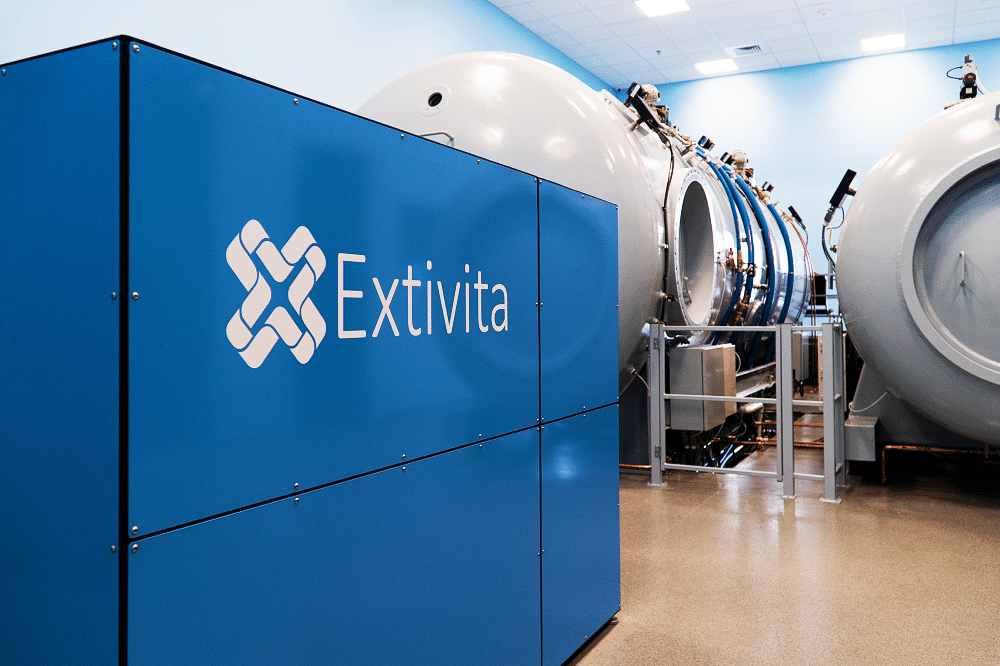
Hyperbaric Oxygen therapy has been used for centuries to treat hypoxia (low blood oxygen levels) by increasing the amount of oxygen dissolved in the plasma, for subsequent delivery to cells. Hypoxia in cells has been linked to cancer development and may be a key driver of cancer growth and metastasis(3,4). Cancer cells adapt and use this hypoxic microenvironment to survive and multiply. Hypoxia has been shown to increase genetic instability and promote invasive growth(4).
In addition, tumors under hypoxic conditions become more resistant to conventional therapies such as chemo and radiation. Given its deleterious effects in cancer, hypoxia is considered one of the best targets in treatment. Hyperbaric oxygen increases oxygen partial pressure which may suppress tumor growth, and when combined with chemo or radiation, can increase survival rate and minimize side effects(5).
Effects of HBOT on Cancer:

New Blood Vessel Formation
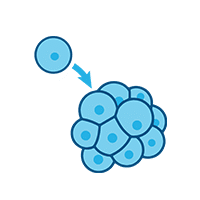
Increased Stem Cell Activity
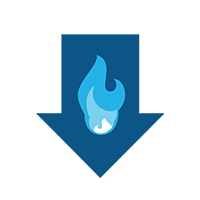
Decreased Inflammation
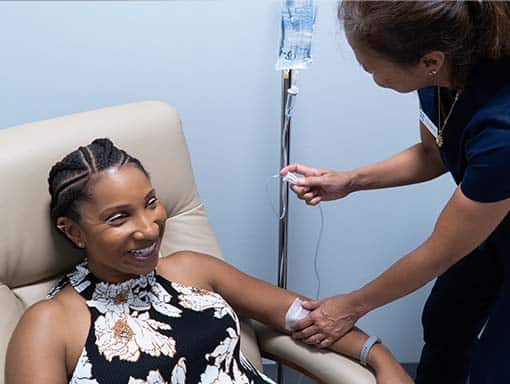
IV Therapy for Cancer:
Hi Dose Vitamin C
Ascorbic acid (Vitamin C), when given in high concentration intravenously, has been clinically shown to elicit significant anti-cancer effects, while safe for healthy cells. Ascorbic acid at pharmacological levels, turns into hydrogen peroxide in the body and functions as a pro-oxidant, which selectively initiates cell death in cancer cells(6,7) . Hi dose intravenous Vitamin C (HDIVC) can be a non-toxic, low cost therapy to supplement HBOT and or standard of care in patients with cancer.
Myers Cocktail
The Myers cocktail infusion contains vitamins and minerals which can be used as supportive and protective therapy against chemo or radiation related side effects. Patients receiving standard of care (chemo/radiation) often complain of nausea, diarrhea, loss of appetite, fatigue, brain fog, anemia, mouth sores to name a few. Antioxidants in the Myers cocktail, when given apart from chemo/radiation, can significantly reduce side effects, improve quality of life, and possibly carry out standard of care therapy(8,9).
Neurofeedback for Cancer:
Neurofeedback (NF) has been tested for the positive effects it may have on those suffering from cancer-related impairments(10). Post-cancer cognitive impairment (PCCI), fatigue, peripheral neuropathy, sleep disturbance, and other psychological deficits are often a result of cancer treatments. Studies done on breast cancer survivors show that even after 5 years post-chemotherapy, participants who received NF therapy had significant improvements in all cognitive measures. Additionally, those patients who found improvement in cognitive impairment and fatigue also showed improvements in anxiety and depression in as little as 20 sessions(11). In those with Chemotherapy-induced peripheral neuropathy (CIPN), studies have shown that, after as little as 20 sessions, breast cancer survivors suffering from CIPN had a significantly decrease in pain, with no negative side effects recorded(12).
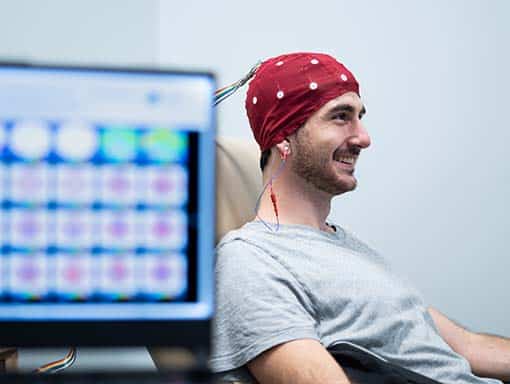
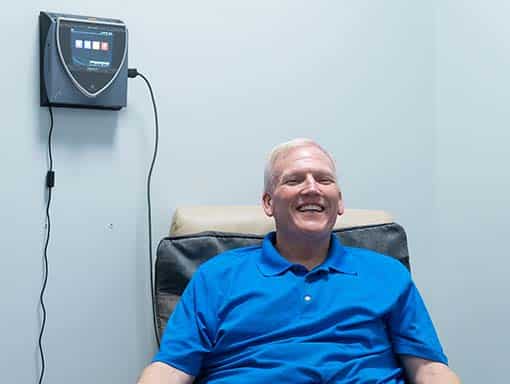
Pulsed Electromagnetic Field Therapy for Cancer:
Pulsed electromagnetic field therapy (PEMF) has been shown to exert selective killing effect on cancer cells, disrupt replication, suppress tumor blood vessel growth and induce cancer cells to self-destruct(13,15). PEMF is a therapy characterized by safe, low frequency electromagnetic fields (inducing microcurrents) applied to the entire body to target specific body tissues. Studies show PEMF presents several potential advantages including non-invasiveness, safety, lack of toxicity for non-cancerous cells, and the possibility of being combined with other available therapies(13). In vitro studies support pulsed electromagnetic field therapy’s ability to block formation of neoplasms and reduce growth of new blood vessels in cancer(13,14).
News & Research for Cancer:
Radiation-induced skin reactions: mechanism and treatment.
Radiotherapy (RT) is a major treatment for malignant tumors. The latest data show that >70% of patients with malignant tumors need RT at different periods. Skin changes can be experienced by up to 95% of patients who underwent RT. Inflammation and oxidative stress (OS) have been shown to be generally associated with radiation-induced skin reactions (RISRs). Inflammatory response and OS interact and promote each other during RISRs. Severe skin reactions often have a great impact on the progress of RT. The treatment of RISRs is particularly critical because advanced RT technology can also lead to skin reactions. RISRs are classified into acute and chronic reactions.
Hyperbaric oxygen combined with 5-aminolevulinic acid photodynamic therapy inhibited human squamous cell proliferation.
he photodynamic therapy (PDT) depends on the presence of molecular oxygen. Thus, the efficiency of PDT is limited in anoxic regions of tumor tissue and vascular shutdown. It is reported the use of hyperbaric oxygen (HBO) may enhance the efficiency of PDT. However, there are rarely studies about utilizing HBO plus PDT for treatment with human squamous cell carcinoma (SCC). Therefore, this study aimed to investigate and compare the therapeutic effect of combined therapy and PDT alone treatment. Multiple cellular and molecular biology techniques were used in the current study such as CCK-8, western blotting, flow cytometry, MDC staining and immunofluorescence assay.
A Case of Refractory Hemorrhagic Cystitis in which Bleeding Control was Finally Achieved by Cystectomy.
A 60-year-old man presented at our hospital with gross hematuria. He had been treated for nephrotic syndrome with cyclophosphamide and steroids since he was in his 20s. We detected diffuse hemorrhagic cystitis on cystoscopy and diagnosed him with cyclophosphamide-induced hemorrhagic cystitis. He was hospitalized due to clot retention. We treated him with blood transfusion for severe anemia and conducted continuous bladder irrigation. We performed hyperbaric oxygen therapy and transurethral electric coagulation, and increased the steroid dose. However, we could not control the hematuria. Finally, we performed cystectomy, and he is now well without hematuria. Although cystectomy is the final option, it is important to decide it in a timely manner because a delay decreases the quality of life.
References
- https://www.cancer.org/treatment/understanding-your-diagnosis/what-is-cancer.html
- Hanahan, Douglas, and Robert A Weinberg. “Hallmarks of cancer: the next generation.” Cell vol. 144,5 (2011): 646-74. doi:10.1016/j.cell.2011.02.013
- J. Cui, X. Mao, V. Olman, P. J. Hastings, Y. Xu. Hypoxia and miscoupling between reduced energy efficiency and signaling to cell proliferation drive cancer to grow increasingly faster. Journal of Molecular Cell Biology, 2012; DOI: 10.1093/jmcb/mjs017
- Moen, Ingrid, and Linda E B Stuhr. “Hyperbaric oxygen therapy and cancer–a review.” Targeted oncology vol. 7,4 (2012): 233-42. doi:10.1007/s11523-012-0233-x
- Chen, SY., Tsuneyama, K., Yen, MH. et al. Hyperbaric oxygen suppressed tumor progression through the improvement of tumor hypoxia and induction of tumor apoptosis in A549-cell-transferred lung cancer. Sci Rep 11, 12033 (2021). https://doi.org/10.1038/s41598-021-91454-2
- Vollbracht, Claudia et al. “Intravenous vitamin C administration improves quality of life in breast cancer patients during chemo-/radiotherapy and aftercare: results of a retrospective, multicentre, epidemiological cohort study in Germany.” In vivo (Athens, Greece) vol. 25,6 (2011): 983-90.
- Markowska, Anna et al. “Role of Vitamin C in Selected Malignant Neoplasms in Women.” Nutrients vol. 14,4 882. 19 Feb. 2022, doi:10.3390/nu14040882
- Böttger, Franziska et al. “High-dose intravenous vitamin C, a promising multi-targeting agent in the treatment of cancer.” Journal of experimental & clinical cancer research : CR vol. 40,1 343. 30 Oct. 2021, doi:10.1186/s13046-021-02134-y
- Markowska, Anna et al. “Role of Vitamin C in Selected Malignant Neoplasms in Women.” Nutrients vol. 14,4 882. 19 Feb. 2022, doi:10.3390/nu14040882
- Hetkamp, Madeleine, et al. “A Systematic Review of the Effect of Neurofeedback in Cancer Patients.” Integrative Cancer Therapies, Jan. 2019, doi:10.1177/1534735419832361
- Alvarez, Jean, et al. “The Effect of EEG Biofeedback on Reducing Postcancer Cognitive Impairment.” Integrative Cancer Therapies, Nov. 2013, pp. 475–487, doi:10.1177/1534735413477192.
- Prinsloo, Sarah, et al. “Randomized controlled trial of neurofeedback on chemotherapy-induced peripheral neuropathy: A pilot study.” Cancer vol. 123,11 (2017): 1989-1997. doi:10.1002/cncr.30649
- Vadalà, Maria, et al. “Mechanisms and Therapeutic Effectiveness of Pulsed Electromagnetic Field Therapy in Oncology.” Cancer Medicine, John Wiley and Sons Inc., Nov. 2016,
- Crocetti S., Beyer, C., Schade, G., Egli M., Fröhlich J., Franco-Obregón A. “Low Intensity and Frequency Pulsed Electromagnetic Fields Selectively Impair Breast Cancer Cell Viability.” PloS One, U.S. National Library of Medicine, 2013,
- Zimmerman, J. W., M. J. Pennison, I. Brezovich, N. Yi, C. T. Yang, R. Ramaker, et al. 2012. Cancer cell proliferation is inhibited by specific modulation frequencies. Br. J. Cancer 106:307–313.
